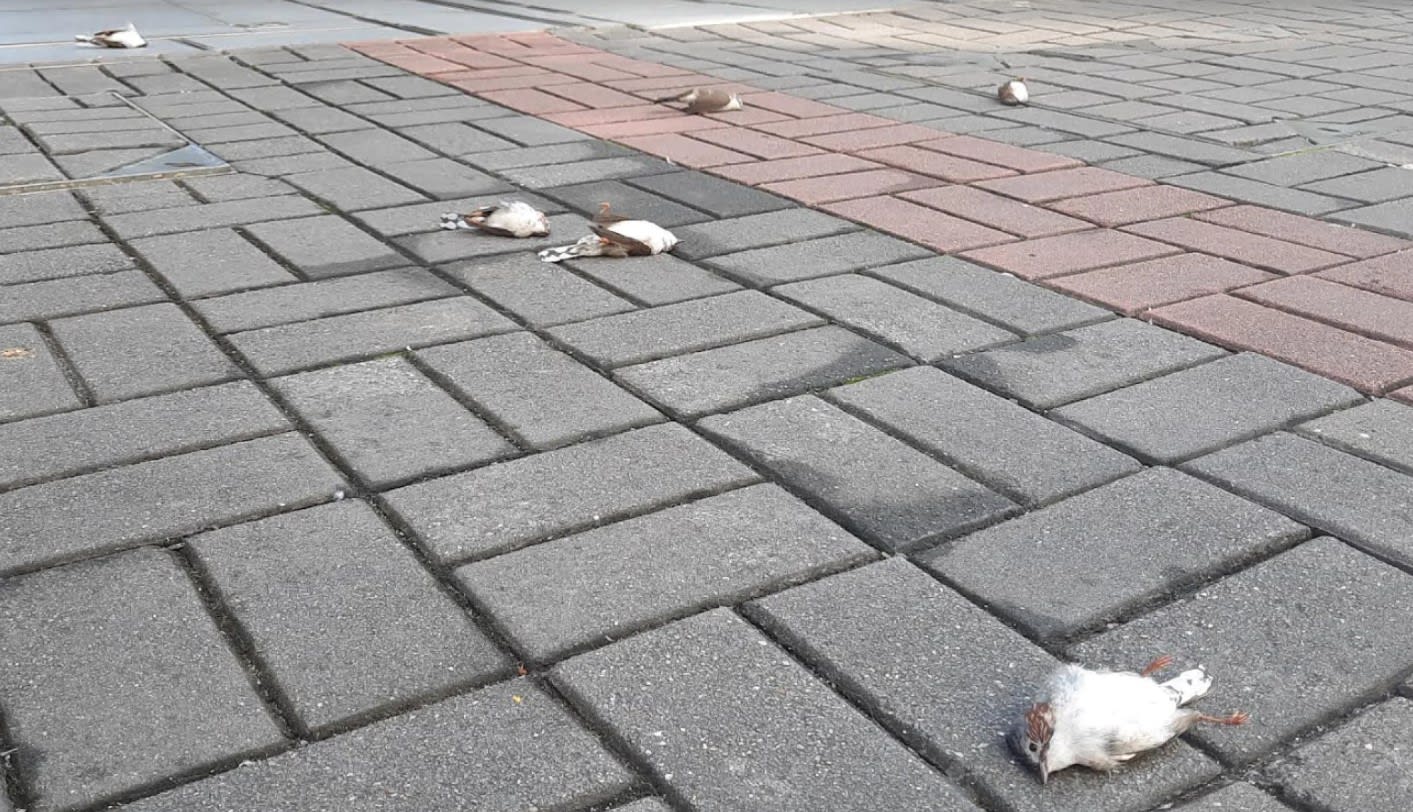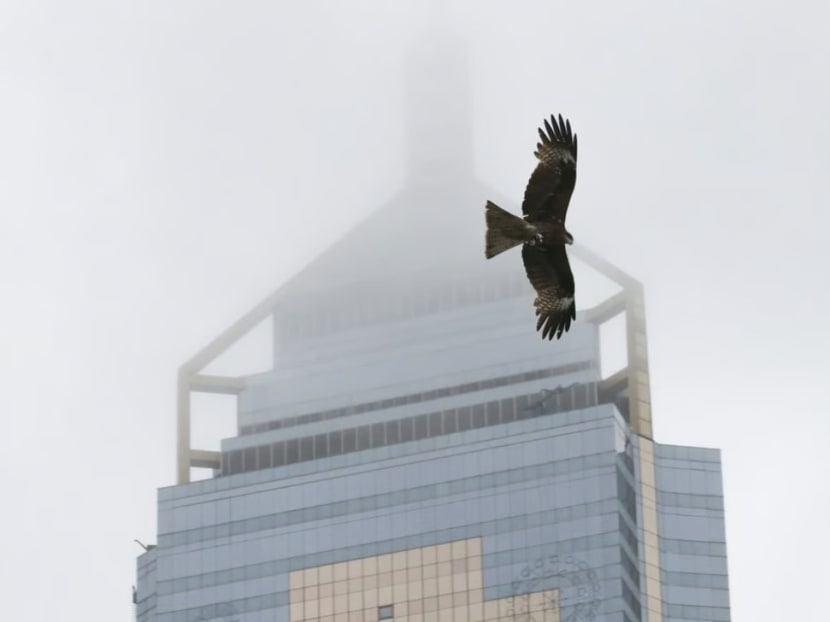Birds are dying after hitting gleaming glass and mirror buildings in Hong Kong, group warns
HONG KONG — Nearly 200 incidents of birds flying into buildings and transparent noise barriers have been recorded in Hong Kong in four months, a study has found, with most of the cases likely due to large glass or mirror facades used on the exterior of the structures and most of the animals dying from the collision.
HONG KONG — Nearly 200 incidents of birds flying into buildings and transparent noise barriers have been recorded in Hong Kong in four months, a study has found, with most of the cases likely due to large glass or mirror facades used on the exterior of the structures and most of the animals dying from the collision.
In releasing the results of its findings on Monday (March 6), the Hong Kong Bird Watching Society called for rethinking how much of the reflective materials was used for buildings and urged residents to report any such collisions so a fuller picture of the phenomenon could be gained.
The society recorded 196 collisions involving birds, consisting of 38 species, between September and December last year. About 70 per cent of the birds involved were migratory, it noted.
“Some glass surfaces can reflect natural landscapes like trees, creating an illusion for birds,” conservation officer at the society Ms Wong Suet-mei said.
Ms Wong noted that 179 of the 196 collisions, 91 per cent, resulted in deaths.
Seven of the recorded species involved were of concern for conservation, including the yellow-breasted bunting and the northern boobook.
Most of the incidents took place in November, when 110 were recorded, and Ms Wong said the society suspected the autumn migration season played a role.

Fifteen out of the city’s 18 districts recorded cases, with the highest number occurring in Sha Tin and Eastern. Ms Wong cautioned the data was limited and could not fully represent the geographical distribution of the incidents across Hong Kong.
She also explained that external surfaces of newer buildings, such as commercial ones in Kowloon Bay or North Point, made more extensive use of glass or other types of reflective surfaces.
“This is a big trap for birds because they will be tricked by the unreal images they see through the glass,” she said.
Ms Wong said reducing the use of such materials would reduce the number of collisions, and called on government departments to also take action to tackle the problem.
The Highways Department, for instance, had already developed guidelines for the design of their noise barriers, but other government arms, such as the Housing Authority, had not adopted such measures for their newer buildings.
“It’s not really mainstream in the government departments, so I think they can do more,” Ms Wong said.
Ms Wong called for better legislation, citing other cities, such as New York, which had introduced a law that required buildings made of glass or reflective materials to adopt measures that protected birds from hitting the structures.
“Although Hong Kong is lagging behind, we can still start now,” she said.
To facilitate research, the public was encouraged to notify the society if they came across such incidents, noting the location, date and status of the bird. They should also take photos, the society said. SOUTH CHINA MORNING POST







